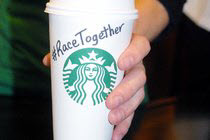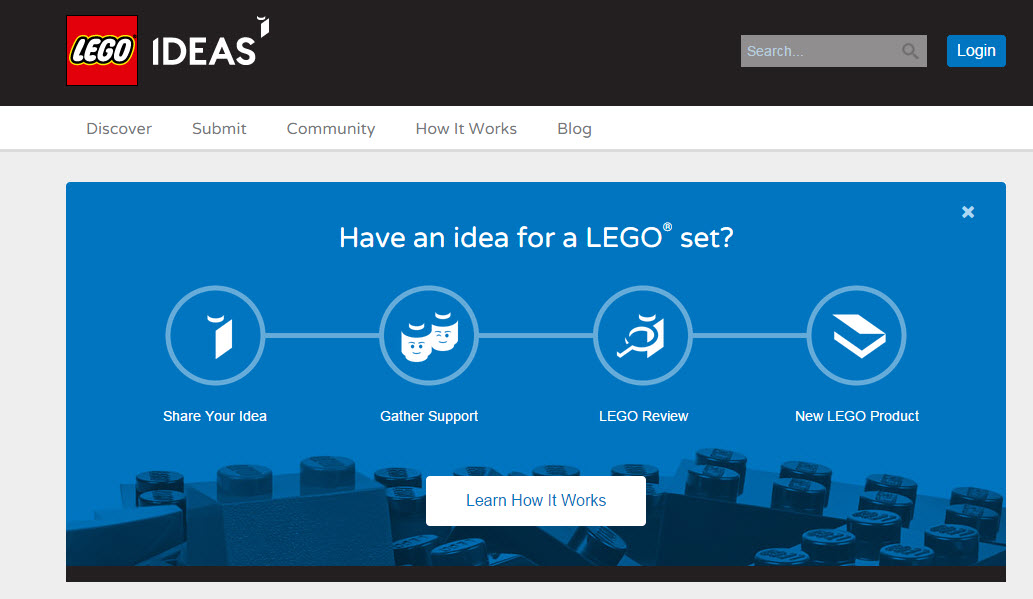Digital Marketing: What is a 21st century brand?
What is a brand?
Specifically, what is a brand in the 21st century, when we have the ability to converse directly with our customers?
Is it a product, a culture, a destination, service or ingredient? Or is it something more metaphysical? Steven Jones said in his book, Brand Like a Rockstar, that,
Brands are so much bigger than business, logos, names and locations. Brands go deeper, beneath the visible surface and exist in the mind. Brands are essentially perceptions and emotions. They are feelings and associations that come from interacting with a product or service.
A brand in the 21st century exists in the feelings customers get when they interact with a company’s product. It is a direct reflection of that company’s culture, value proposition and the individual personalities of its executives and employees that help shape the brand’s core values.
With the advent of social media, the cultural norms that dictate how a brand interacts with its customers have irrevocably changed the way we view it.
Brands have become more human, and today’s technology allows us to have a real-time conversation with our customers as well as allowing them to start a real-time conversation with us. This means brands are quicker to respond to the praise and critiques of marketing campaigns.
Recently, Starbucks had a social marketing campaign that focused on a desire to force its customers to talk about race. In the campaign, Starbucks had their employees write, “Race Together” on cups of joe.
 The idea was that every time someone got a cup of coffee, it could be an opportunity to talk about the recent racial and social tensions that have recently gained traction in the national media.
The idea was that every time someone got a cup of coffee, it could be an opportunity to talk about the recent racial and social tensions that have recently gained traction in the national media.
The campaign failed spectacularly.
After only a week of near constant criticism, it came to an end. However, it didn’t harm the Starbucks brand. In fact, it reinforced the brand’s values in the minds of the public. Because Starbucks has crafted a socially-conscious brand image, it has often been criticized by taking a stance on socially divisive subjects.
However, for better or for worse, the company has taken a stance on social issues, which is the main fact perceived not only by customers but also the media at large. Failures have (so far) been forgiven.
The hardest part of managing a brand in the 21st century is with all the avenues we have available to interact with customers, ensuring that messaging reflects brand values.
Brands today can make jokes in social media, wish customers happy birthday and interact frequently with the online communities that support them. It is these communities in the end that help define the perception of the brand in the minds of other consumers. By developing relationships with them, brands can grow a brand image that will absorb the blows of bad campaigns and help gather steam to launch its next marketing idea.
Only brands that understand and embrace how they are perceived have a shot at becoming legendary. Legendary brands can survive recessions, technological shifts, competition and generation gaps.
The Lego Group makes everyone’s favorite building blocks and has an intensely strong multi-generation brand following. They are currently leading the way a in a new model of brand building: inviting customers to help design a product for the company.
Who better to outsource your R&D to than the people who will ultimately consume the product?
The Lego Ideas program started in 2008 and allows users to submit their own Lego designs to the company to be turned into potential products. The designs have to be voted on by members of the Lego community, and winners will get a chance to receive 1% of all royalties if the product advanced to the production stage.
By harnessing the power of its communities, Lego has found a way to give the customers exactly what they want while helping to shape the community’s perception of what the Lego Brand means. In this case, that means inclusiveness.
When thinking about branding in the 21st century, ask yourself these questions:
- How has your brand changed in response to social media?
- Has it supported the development of an online community that helps define how it’s perceived?
- Do all your marketing campaigns, regardless of channel, reflect your company’s brand values?
- Are you listening to the needs of your customers and responding to them in an interactive way?
The answers might surprise you. The race is on to define what it means to be a 21st century brand, and the competition is tough. If you can master customer interaction while keeping to your brand’s values, you will be a step ahead of your competitors and several steps closer to your customers.
You might also like
Sign up for the MarketingSherpa B2C Marketing newsletter to learn more B2C trends
Brand Like a Rockstar by Steven Jones
5 ideas you can steal from Lego’s marketing [From LinkedIn]
Starbucks says oops: No more “Race Together” on coffee cups [From Fortune.com]
Digital Marketing: Quick insights from Adobe Summit on perfecting the art and science of marketing [More from the blogs]
Categories: Branding 21st century branding, Branding, Inbound Marketing, social media











I had a rather…strenuous, shall we say, debate with a colleague/friend about the Starbucks initiative when it came out, and my point was the same as you’ve made: “branding” in this day and age can’t just mean “mirroring.” Starbucks’ very failure to hit any traditional metrics might have been the best indication of success.
In my tenure on brands for parents like Kraft, P&G, Unilever and others, the Least Offensive Messaging model was strictly enforced, but rounding off every corner eventually eroded brand equity. It’s important to have a perceivable POV today that’s natural, authentic, and a basis for engagement with your audience. I’d go so far as to say that offending some of them should be the least of your worries: for every consumer you rile, you’ll gain a loyalist who’s looking for a brand that actually stands for something. Which of those is more likely to have more long-term value?
Wow, this entire blog post is jam packed with a wealth of information regarding branding. And it really hits home, recognizing that branding is personal now. It’s about interaction, acting and reacting based on customer needs as well as being a thought leader in your particular industry. Thanks, Daniel!